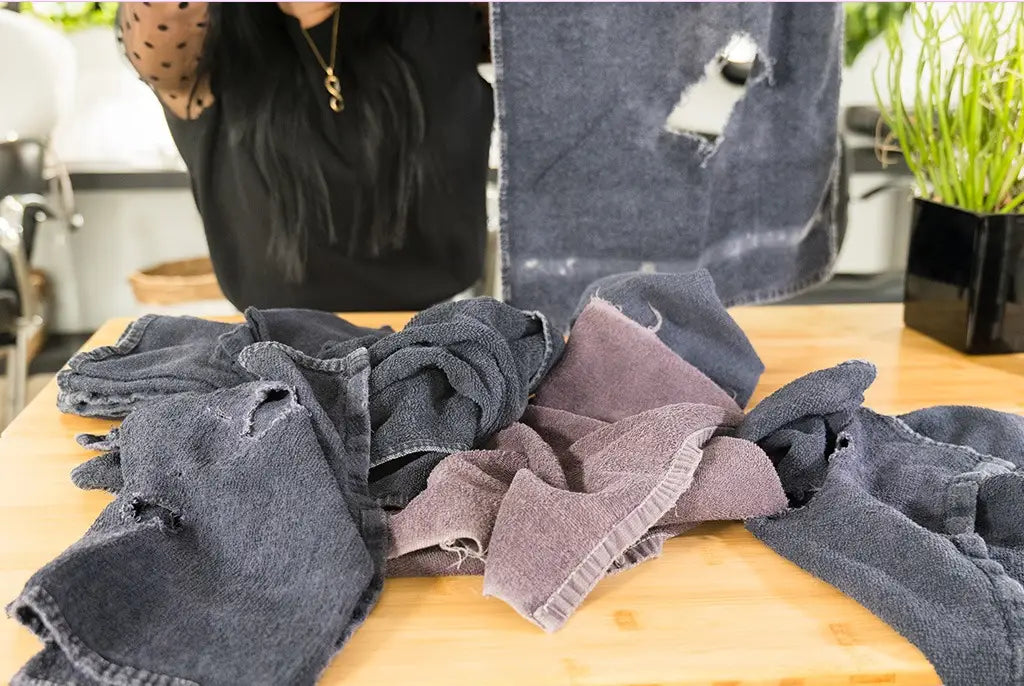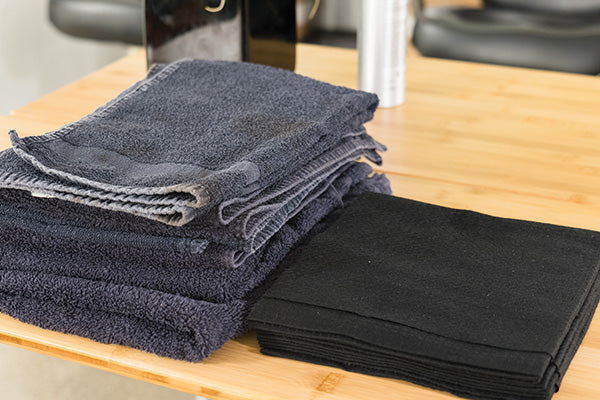Laundry seems like one of those things that can be counted on like taxes and death. The pervasive pile of dirty linens a plague that never quite ends and most of us assume is just part of the grind. While that may be historically true, salons are catching drift of the issues that come with continuing salon laundry blindly. Here are three of the biggest issues you face without stopping to consider: Is there a better way?
#1 - Detergents Aren't Effective or Safe
You've definitely heard of all the recalls and bans of certain popular laundry detergents in several states across the US, and the outright ban of them in other countries. The detergents we've relied on for decades to keep our linens hygienic and safe actually contained chemicals that not only were cancer-causing, were also the cause of other inflammatory issues like dermatitis and other skin reactive disorders. Even the more eco-friendly sheet detergents are coming under fire, being called out for all coming from the same factory in China and being laced with plastics.
#2 - Salon Towels Release Microplastics
The towels themselves also introduce issues in keeping our waterways (and our bodies) safe as well. Most 'cotton' towels, especially those that last the longest and are most resistant to bleach and color stains, contain synthetic fibers that break down in the wash. Particularly if you are washing them at the hot temperature safety guidelines suggest. So every wash cycle rinses away microplastics that find their way into streams, soil, and then eventually, into our bodies.
#3 - Salon towels get replaced on average every six months
We use the HECK out of our towels, don't we? After a study of thousands of salons and stylists we found the average lifespan of a salon towel was six months max, with some salons reporting replacing them every three months. When they meet their maker, they can decompose if they are 100% cotton taking up to six months in perfect conditions. If they are mixed with synthetic fibers, they'll take 30-40 years. And, they'll continue to release microplastics in the breakdown process.









